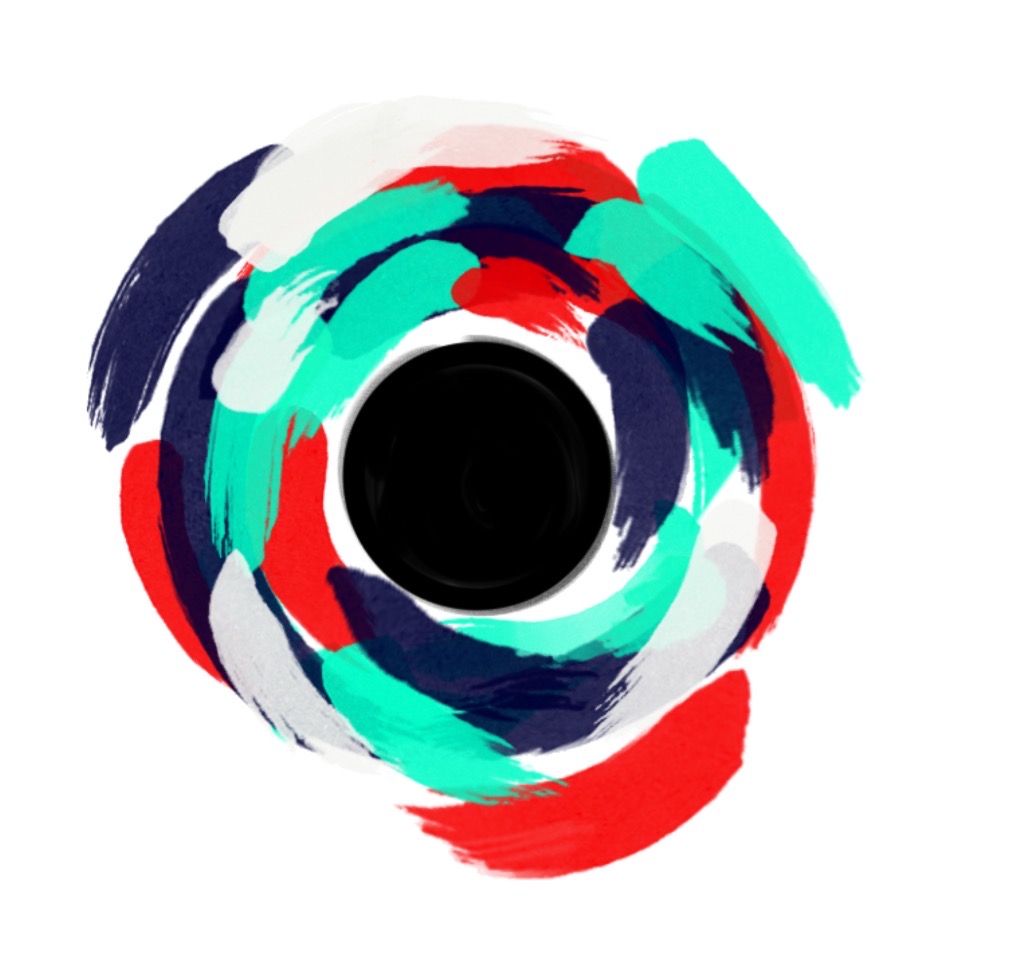Alright, here's how I package my paintings and prints for shipping! So far, none have been damaged in the process but I don't tend to send paintings outside of Europe so they don't spend that much time in the packaging.
The Thank you Cards:
Ive always included a thank you message with a few business cards in my packages. To the recipient, it adds a personal touch and encourages them to recommend my website to their friends. The business cards means that they have to put in minimal effort to recommend me! Which works better than asking them to do so in the invoice etc.
The Invoice:
Im lucky because Squarespace automates my payment without doing much on my end. However, even though this happenes automatically, I try to keep in touch with my clients when I'm creating. This way, we are both happy with the result of the commission (or delivery of an original).
If the order doesn't go through my website then I will simply send over the invoice through email. This details each product (and their prices), any discounts, shipping details and payment details. This is simpler than sending over a hard copy cause they can print this or save it to their own records.
Packaging the Pieces:
I usually send paintings and commissions in a Versandrolle (a cardboard tube, basically). I take them off the frames and roll them with wax paper (unless they're varnished). This along with the thank you card goes in the tube and off it goes. It's usually cheaper than trying to keep the heavy wooden frame and most of my paintings are so large that sending them through post with the frame would cost a fortune! Of course, taking it off the frame is simple, you just take the staples in the back out.
The paintings on card are sent in a envelope and the ones on wood are just wrapped in wax paper and thick brown paper so they surface isn't damaged.
Anything else that you do, and I should be doing? Let me know!
Shivani






